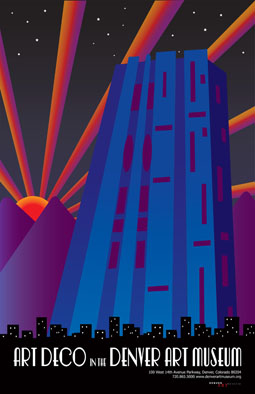I'm going to critically review four different websites, depicting their downsides and what is good about them. The
Computer Arts magazine,
Creative Review,
Boneshaker magazine and
Vasava.
The first one I have chosen is the Computer Arts magazine website, I like this website because I think it is well designed and set out in a way that is appealing to the eye. There is good colour usage, the same colour scheme follows throughout the website and it gives it a clean look with a simple white background. When you open an article, the theme is similar to the homepage, following a simple design with text and images in a uniform down the page. Image, text, image, text. I like how simple the toolbar is at the top of the page, it has good positioning and easy for the users to find.
Next, I looked at the Creative Review website. There is much less colour to this website, it is much more formal. The images on the website are the only things that bring colour to the page, the design is made up of greys, blacks and white. There is simple easy to read font that is friendly to the user however, I am not so keen on this website and I was the previous. Personally, I don't think that it is that interesting. It lacks colour, and it doesn't match what the company is promoting. 'Creative' is meant to involve the imagination or original ideas, and as far as I can see this website does not show anything creative in it's design. Also, I do not like how when you hover an image or an article, it turns yellow. It doesn't really look aesthetically nice to block things out with yellow.
Boneshaker magazine website is well designed. It is simple yet effective and easy for a user to access and get around. It uses simple soft colours with cute illustrations at the top relating to cycling, this gives the website a welcoming feel and relevance to what the site it about.. The shop page has it's own different illustration and I think this is effective, it shows the different design ideas put into the website, andnot just a plain layout on every single plage. I think that this is a successful website, it is appealing to look at, it is easy to get around and it is welcoming for their target audience, cyclists.
Vasava is my favourite website out of the four I have researched. It's design is unique and fits to the side of the browser, making good use of the space provided for websites. I like the fact that at first, all of the images appear to be black and white but when you scroll over them with the cursor, their colours return, highlighting the image you are on, giving appreciation to itself before you scroll over to another. The tool bar to the left of the page is useful, allowing you to pick a topic of what you would like to look at, it then refines your search into the catergory that you chose. Also when you scroll down, a small arrow apears to the right hand side that will take you back to the top of the website, it is a hand tool for websites that use endless scroll. I think that this website is the most effective, it is striking in design and is a great idea to show all of the images together.



























